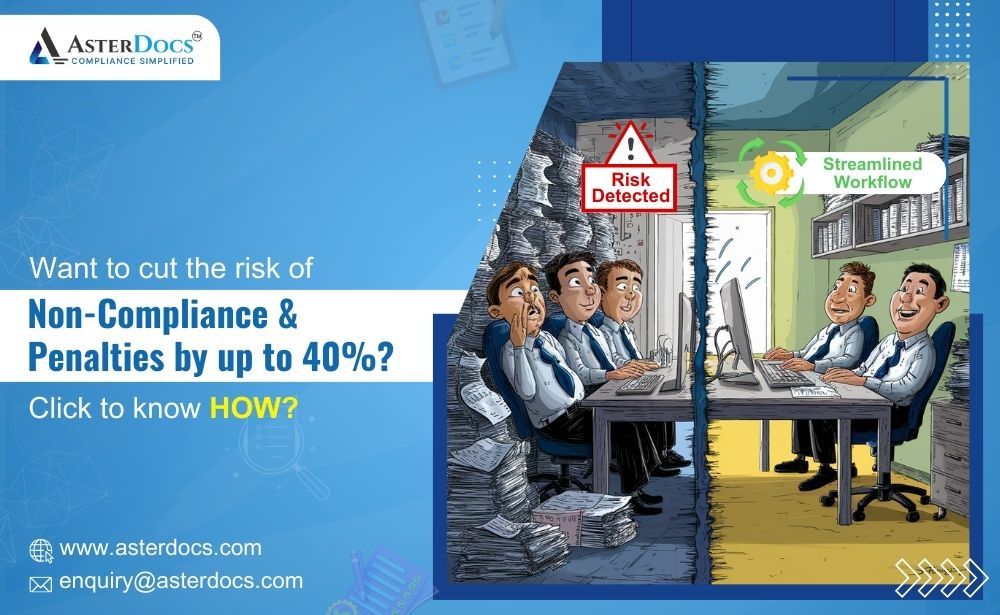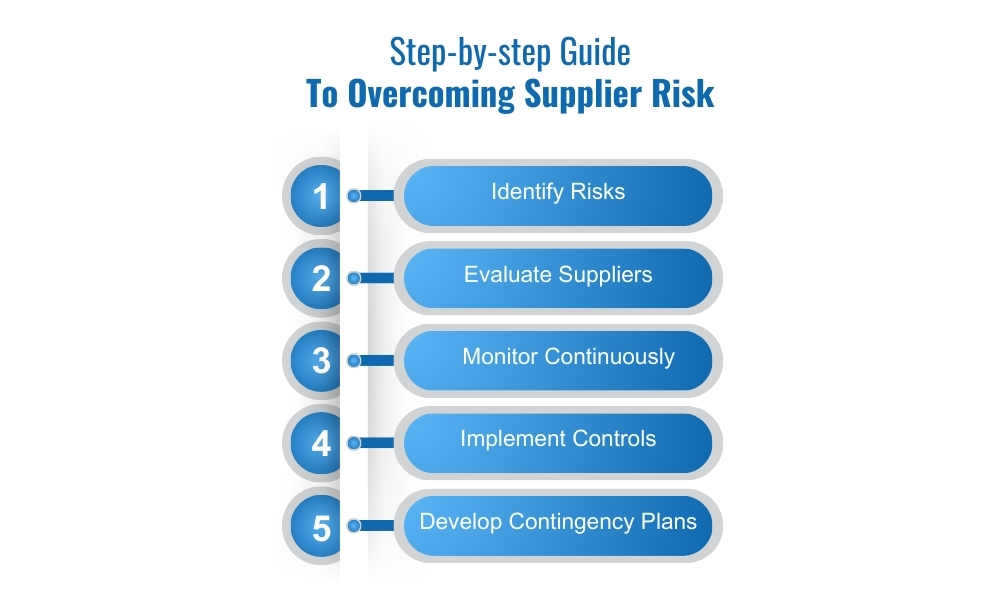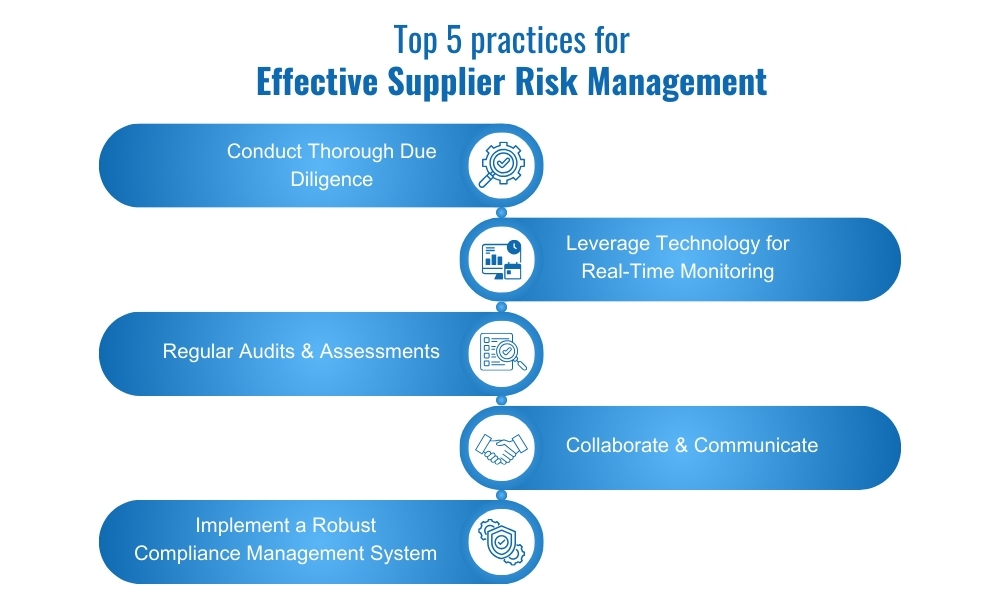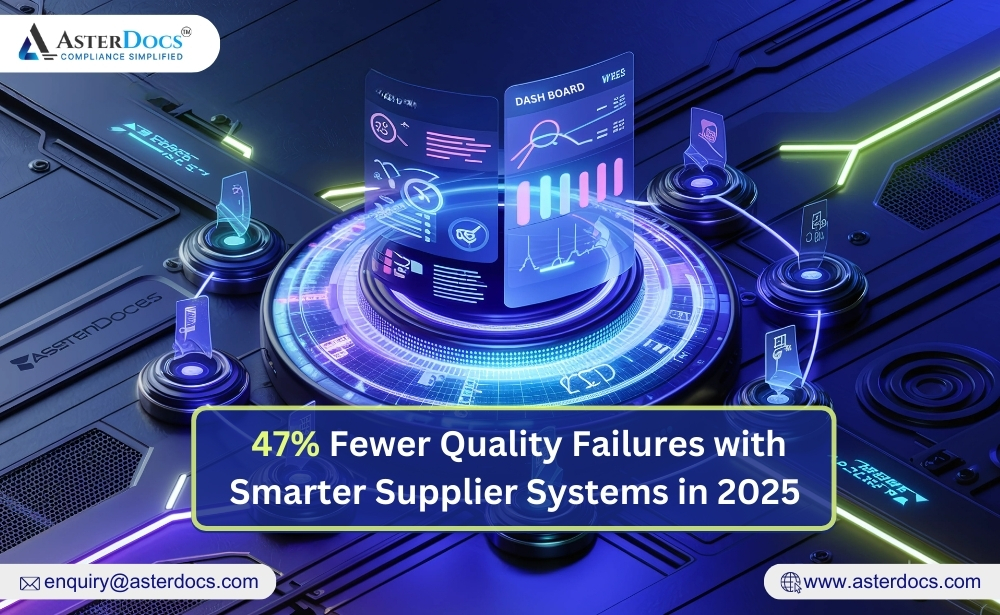Supplier risk management has become a critical component of business success as it has become a significant threat that can disrupt operations, impact financial performance, and damage reputations. But how can businesses effectively navigate these challenges? In this blog, we will look at why supplier risk is a threat, what the most common risks are, and five best practices for effectively managing supplier risk.
Common Supplier Risks in Business
Supplier risks encompass a broad spectrum of potential issues that businesses might face. These include:
- Regulatory Compliance Risks: Failing to meet industry regulations can result in legal penalties and loss of business licenses.
- Financial Risks: Financial instability of suppliers can disrupt the supply chain.
- Operational Risks: Inconsistent product quality or delivery delays can affect your business operations.
- Data Security Risks: Breaches in supplier data systems can compromise sensitive information.
- Ethical Risks: Suppliers engaging in unethical practices, such as labor violations, can damage your company’s reputation.
While all these risks are critical, supplier risk stands out due to its direct impact on your business’s operational flow and legal standing.
Supplier Risk
Prioritizing supplier risk is essential for maintaining a resilient and compliant supply chain. Here’s a step-by-step guide to overcoming supplier risk:
- Identify Risks: Conduct a comprehensive risk assessment to identify potential risks associated with each supplier.
- Evaluate Suppliers: Use a rigorous evaluation process to select suppliers that meet your risk management criteria.
- Implement Controls: Establish controls and protocols to mitigate identified risks.
- Monitor Continuously: Continuously monitor supplier performance and compliance through regular audits and assessments.
- Develop Contingency Plans: Prepare contingency plans to manage and respond to supplier-related disruptions.
Five Best Practices to Stay Ahead of Supplier Compliance Risk
- Conduct Thorough Due Diligence
Perform extensive background checks and financial assessments before onboarding new suppliers. This helps identify potential red flags early in the process.
- Leverage Technology for Real-Time Monitoring
Use supplier risk management software to monitor supplier activities and compliance status in real time. These tools can provide automated alerts and analytics, helping you stay proactive.
- Regular Audits and Assessments
Schedule regular audits to ensure suppliers adhere to your compliance standards. This helps in maintaining a high level of accountability and transparency.
- Collaborate and Communicate
Foster strong relationships with suppliers through regular communication and collaboration. Clear communication can help align their processes with your compliance requirements.
- Implement a Robust Compliance Management System
A comprehensive compliance management system, like AsterDocs, can streamline your supplier compliance processes. It offers features such as automated document management, real-time monitoring, and in-built compliance checklists to ensure you stay ahead of supplier risks.
Conclusion
Effective supplier risk management is vital for safeguarding your business against potential disruptions and compliance issues. By following these best practices, you can build a resilient and compliant supply chain that supports your business goals.
Ready to gain control over your supplier relationships and compliance status? Try AsterDocs today and focus on what matters most to your business.















